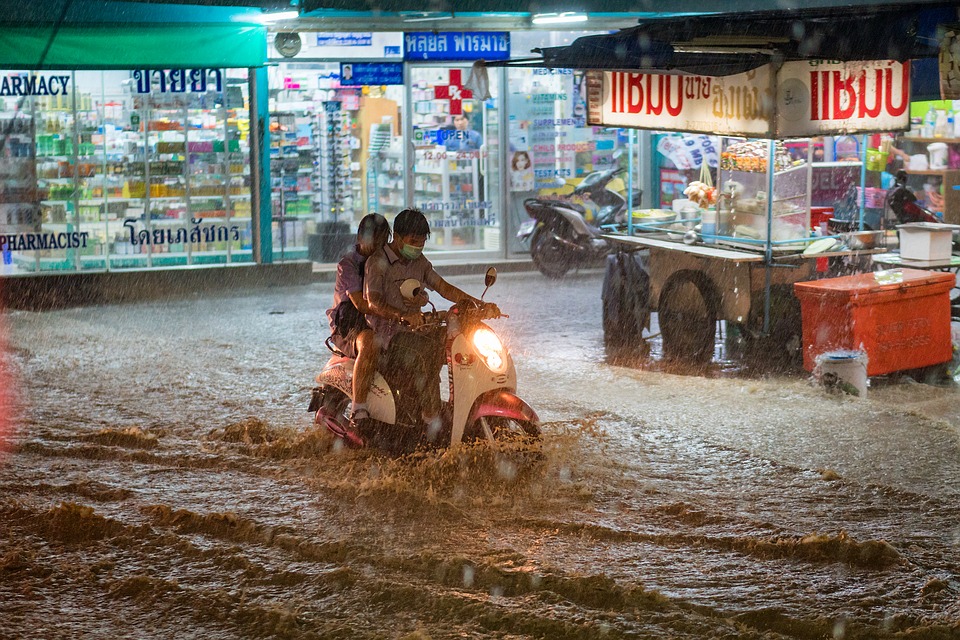In excess of 16 million people have been affected by monsoon floods in Bangladesh, India and Nepal. According to authorities, flood levels in Bangladesh have already reached record highs, with major rivers such as the Jamuna surpassing levels set in 1988 – the deadliest floods the country has ever faced.
Floods are likely to still get much worse in Bangladesh, where more than3.9 million people have been affected by the rising flood waters, as the rains continue and India’s swollen rivers pour into the densely populated low-lying areas in the north and centre of the country.
More than 11 million people in four states across the north of the India have been affected by flooding, and India’s meteorological department is forecasting more heavy rain for the region in the near future.
Many areas In Nepal remain cut off after the recent floods and landslides on 11 and 12 August, which destroyed much of the countryside. Many communities and villages are stranded without food, water and electricity.
The flooding in the south of the country has completely wiped out Food crops in Nepal’s major farming and agricultural lands, leading to fears that the destruction will create severe food shortages.
Martin Faller, Deputy Regional Director for Asia Pacific, International Federation of Red Cross and Red Crescent Societies (IFRC) said:
This is fast becoming one of the most serious humanitarian crises this region has seen in many years and urgent action is needed to meet the growing needs of millions of people affected by these devastating floods.
Millions of people across Nepal, Bangladesh and India face severe food shortages and disease caused by polluted flood waters.
More than one third of Bangladesh and Nepal have been flooded and we fear the humanitarian crisis will get worse in the days and weeks ahead.
Buy water coolers and hire water cooler from Living-Water.






